High-Temperature Gas-cooled Reactor co-generation for hydrogen production
Mitsubishi Heavy Industries, Ltd.
Outline
High Temperature Gas Cooled Reactor (HTGR) features its inherent safety performance against the core meltdown and the availability to utilize the nuclear heat above 900°C. It can be used not only for conventional power generation but also as a stable heat source of carbon-free and high-temperature.
The government has announced a long-term goal of reducing greenhouse gas emissions by 80% by 2050 in Japan. To achieve this goal, it should be necessary to reduce CO2 emissions from product manufacturing processes in the industrial sector as well as from the electric power generating sector. For example, in the steel industry, they are making continuous efforts for the de-carbonization in order to utilize decarbonized steelmaking technology where hydrogen is used as a reducing agent instead of cokes. In order to achieve "zero-carbon steel manufacturing" in the future, a large-amount and economical hydrogen supply is absolutely essential.
Accordingly, we promote to develop a HTGR co-generation plant that achieves both large scale, low-cost and stable hydrogen production, and high-efficiency power generation by using the high-temperature heat source. We will contribute to make the innovation towards Net Zero in various industrial fields including the steel industry.
Description
High-Temperature Gas-cooled Reactor (HTGR) uses chemically stable helium gas as the coolant, and uses highly heat-resistant ceramics and graphite as the fuel and core structural materials. Therefore with postulated accident conditions, the reactor core will not melt and the reactor can be cooled by heat radiation and natural convection. The high-temperature gas reactor also has excellent safety features and can generate heat of 900°C or higher, which is significantly higher than that of conventional light-water reactors.
The government has set a long-term goal of reducing greenhouse gas emissions by 80% by 2050 to achieve decarbonization in Japan. To achieve this goal, it should be necessary to reduce CO2 emissions from product manufacturing processes in the industrial sector as well as the electric power sector. For example, the iron and steel industry in Japan has adopted a long-term global warming prevention vision called 'The Challenge of Zero Carbon Steel' (the Japan Iron and Steel Federation, November 2018) and they have been working toward decarbonization. At present, the act called "CO2 Ultimate Reduction in Steel making Process by Innovative Technology for Cool Earth 50 (COURSE 50)" is being progressed with the goal of the 2030s. Following this development, they aim to switch to hydrogen-reduced iron making as a super-innovative technology to realize zero-carbon in the future. For the practical application of hydrogen reduction ironmaking in the future, it will be essential to supply large amounts of stable hydrogen at a low cost. In order to achieve this, there has to be an expectation that hydrogen supply comes from nuclear power.
Thus far, nuclear energy has been almost only used for power generation and its use has been limited in the non-electric power sectors. In the future, in order to realize decarbonization, the use of nuclear energy that does not emit CO2 during operation is expected in various fields, and the importance of innovation for multipurpose use of nuclear energy is stated in the Strategic Energy Plan in Japan. Since HTGR has inherent safety and can supply not only power generation but also a high-temperature heat source, it can be widely used in various industrial fields. Focusing on the future hydrogen needs of the steel industry and other industries, we will promote the development of a HTGR co-generation plant that achieves both large-scale, low-cost, stable hydrogen production and high-efficiency power generation, thereby contributing to realize net-zero innovations in various industrial fields.
Japan's HTGR has been developed and demonstrated through the construction and operation of the HTTR (High Temperature engineering Test Reactor) by the Japan Atomic Energy Agency (JAEA). In this HTTR project, it has been demonstrated for the first time in the world that high temperature nuclear heat that is usable for hydrogen production can be supplied. We have been playing the prime role of domestic vendors in the HTTR construction project of JAEA, and have accumulated technology and experience related to developing HTGR. Based on these results, MHI will promote to develop a high-temperature gas-cooled reactor and cogeneration commercial plant. The cogeneration plant will excel in economic efficiency and operational flexibility, and respond to various social needs such as decarbonization and a hydrogen society for the future.
In terms of safety, based on the inherent safety that has been demonstrated in the HTTR, we would establish a practical HTGR with scaled up reactor power. For example, even in the event of a postulated severe accident such as a loss of reactor coolant or a failure to insert control rods, our unique fuel and core design and structural study would realize the inherent safety of naturally stabilizing the core.
In terms of economic efficiency, the project aims to achieve low-cost hydrogen production by using high temperature nuclear heat. It would also improve economic efficiency by utilizing a simple direct helium gas turbine cycle, high-efficiency power generation at ultra-high temperatures, simplification and optimization of safety systems based on inherent safety, and reduction of construction costs through modular design.
In addition, the HTGR cogeneration plant would have excellent flexibility to respond to demand fluctuations, whether this is for electricity or hydrogen production. This ability to fluctuate based on demand would be accomplished while maintaining reactor power output at a constant level.
We intend to work toward achieving a commercialized HTGR cogeneration plant in cooperation with users in the steel industry by switching to a hydrogen-free steel manufacturing process. Accordingly, we will develop innovation technologies for realizing decarbonization and a hydrogen society in collaboration with the efforts of industry, which are promoted under the national policy.
Partner(s)
Steel manufacturers, Japan Atomic Energy Agency (JAEA), and others
Other Innovation Challenges
Commercialization of “carbon neutral” and “carbon negative” by implementing carbon capture technology
Mitsubishi Heavy Industries, Ltd.
Decarbonization technology of Waste to Energy Facilities
Mitsubishi Heavy Industries, Ltd.
Dissemination of Low-Carbon Stable Energy Infrastructure Based on IGCC Technology
Mitsubishi Heavy Industries, Ltd.
Promotion of centrifugal chillers using low-GWP refrigerant across full capacity range
Mitsubishi Heavy Industries, Ltd.
QoEnTM approach – A Quantitative Index to suggest the direction toward High-quality Energy Infrastructure
Mitsubishi Heavy Industries, Ltd.
SMR Development for Small Grit Power Reactors and Mobile Reactors
Mitsubishi Heavy Industries, Ltd.
the next-generation light water reactor achieving the world's highest safety and economic efficiency
Mitsubishi Heavy Industries, Ltd.
Triple hybrid stand–alone power generation system
Mitsubishi Heavy Industries, Ltd.
World's most efficient large GTCC power plant
Mitsubishi Heavy Industries, Ltd.
Similar Innovation Challenges
Achieving net zero carbon emissions from paint finishing processes
Taikisha Ltd.
Activities for reducing GHG of business operations in Nissin Electric Group
Nissin Electric Co., Ltd.



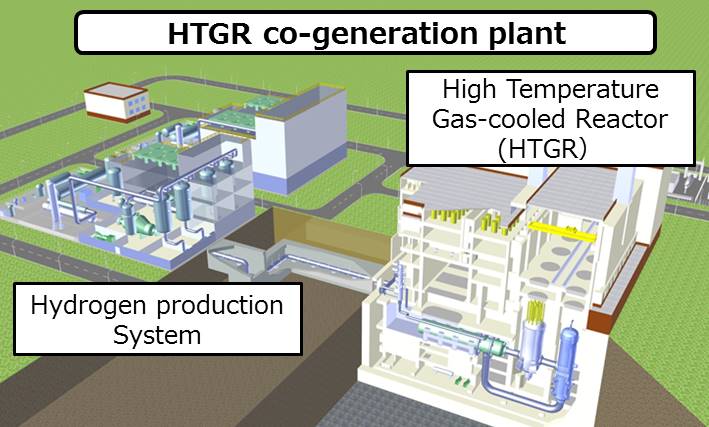
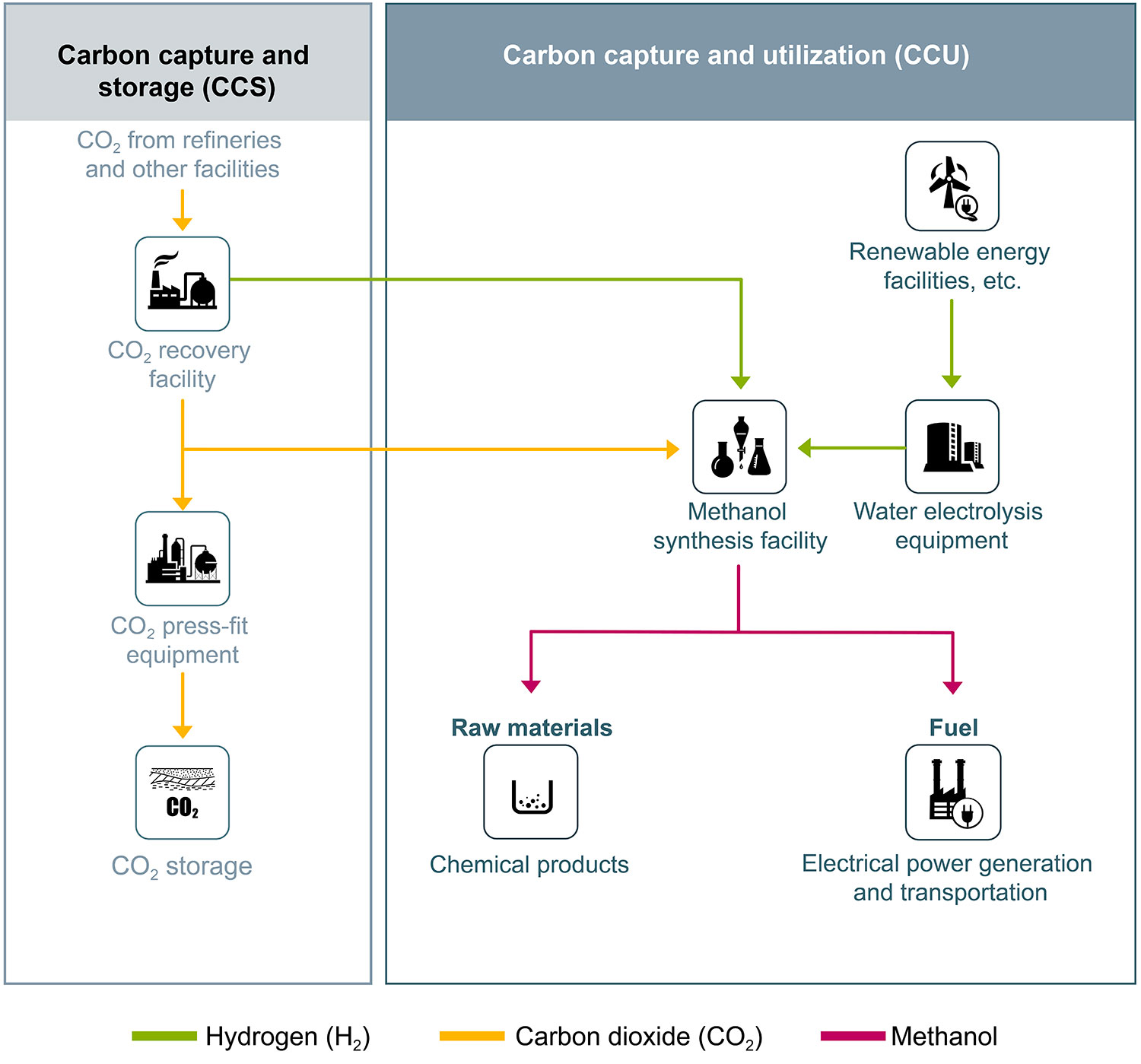
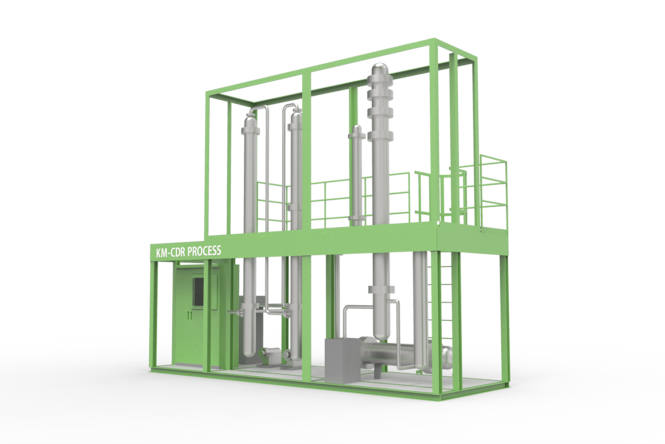

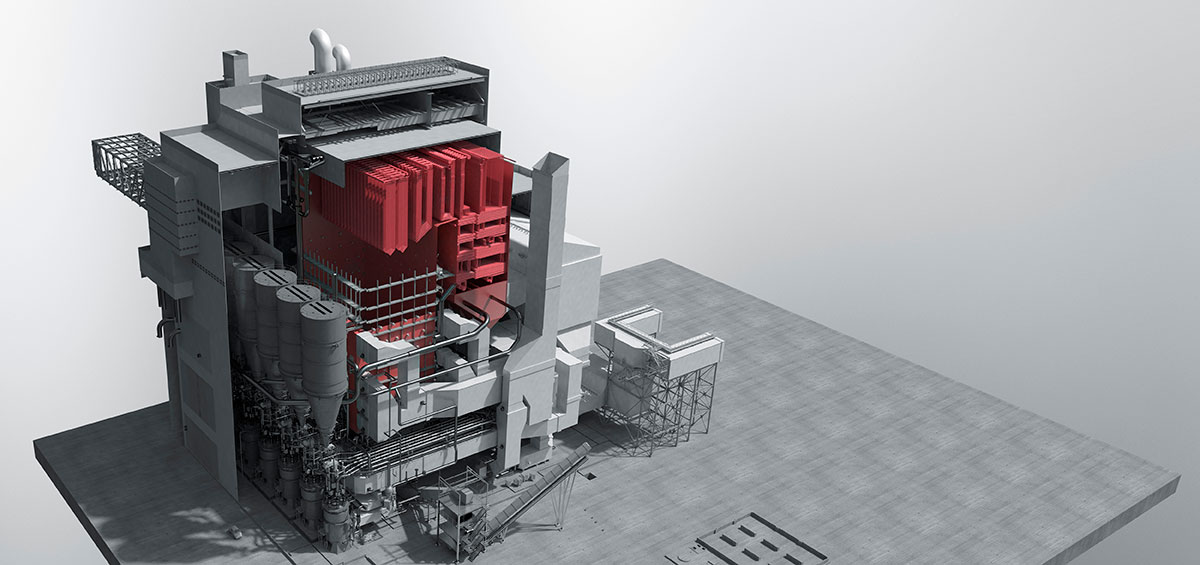
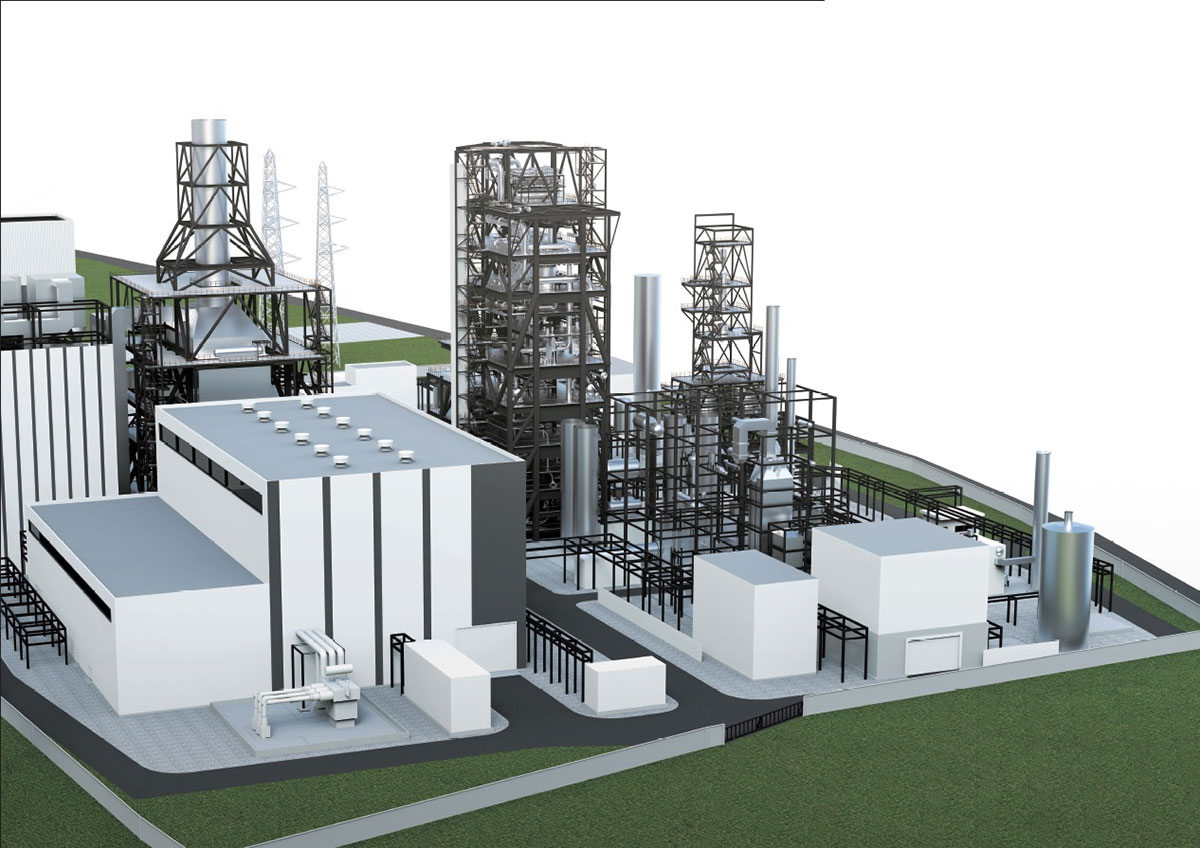
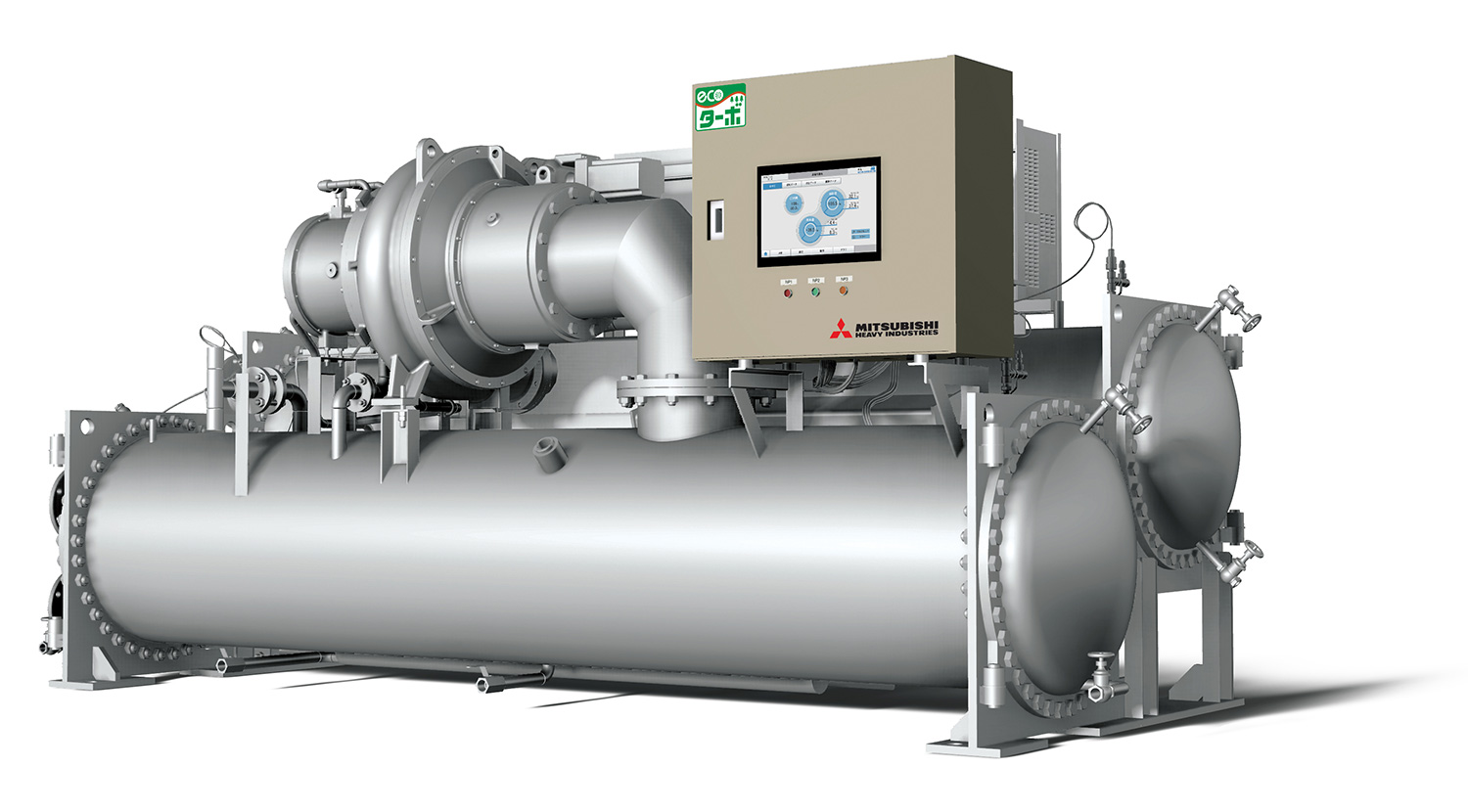
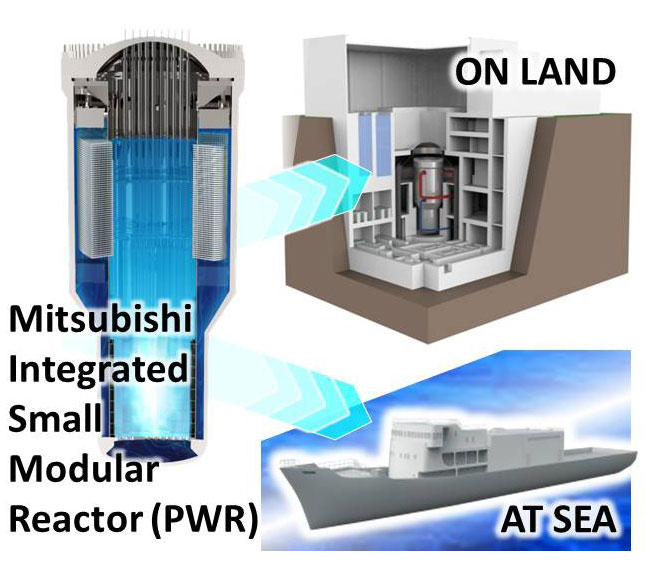
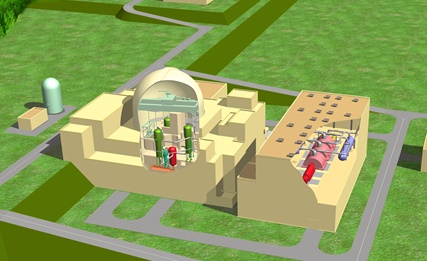
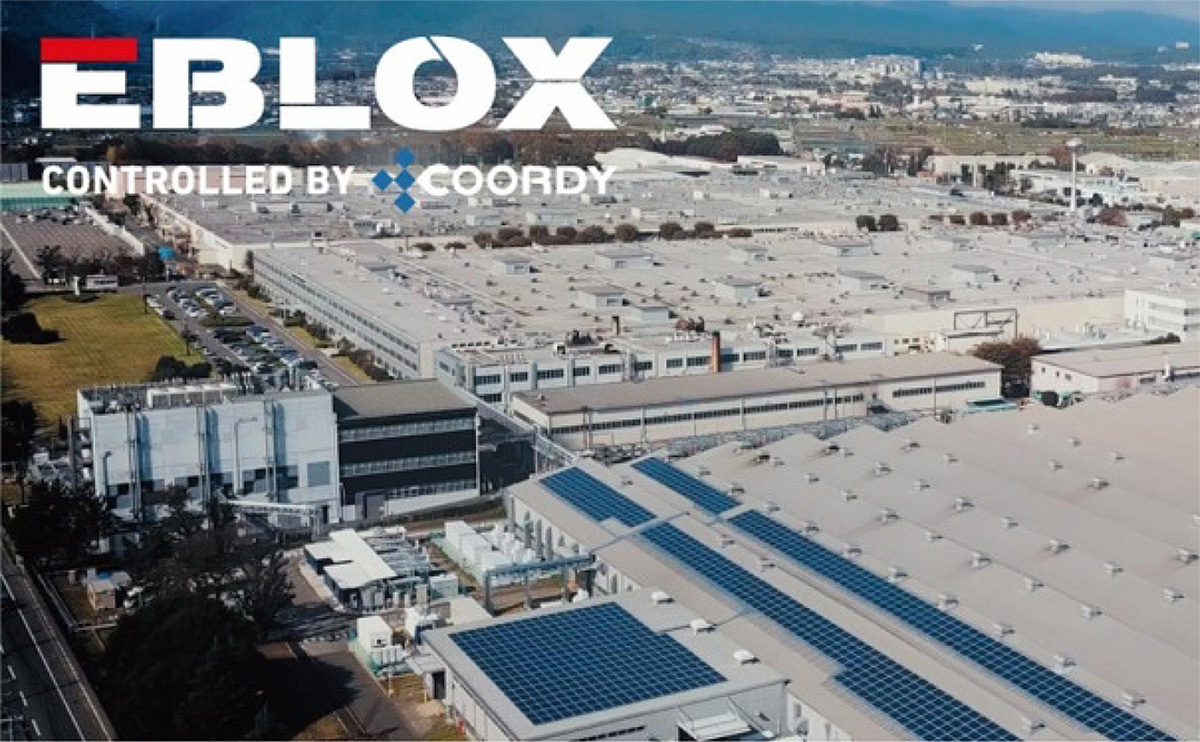
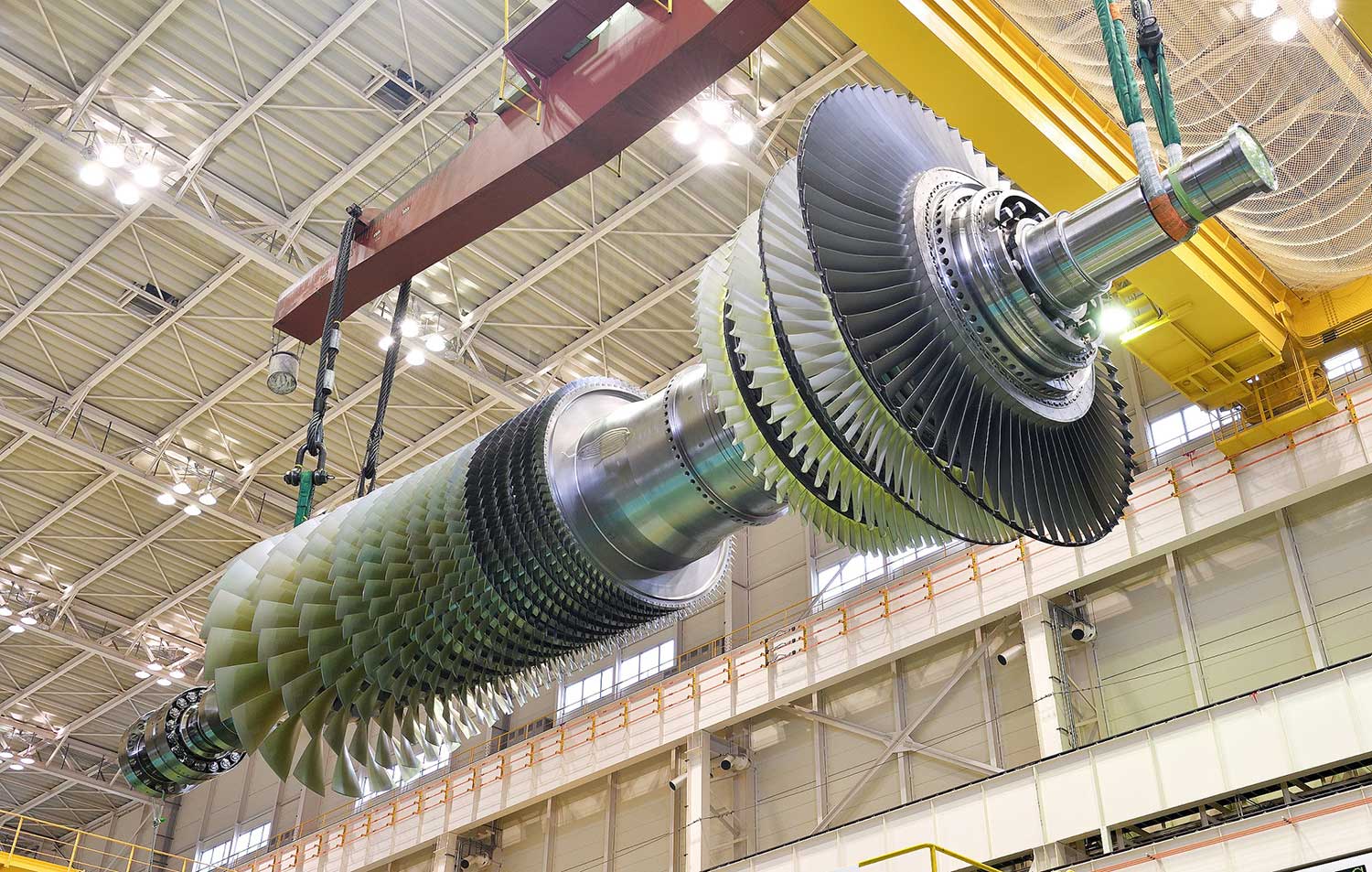
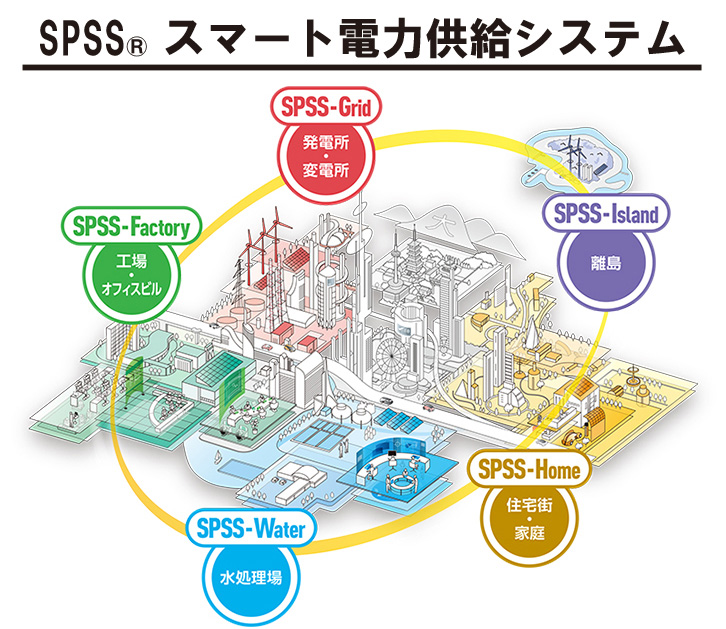
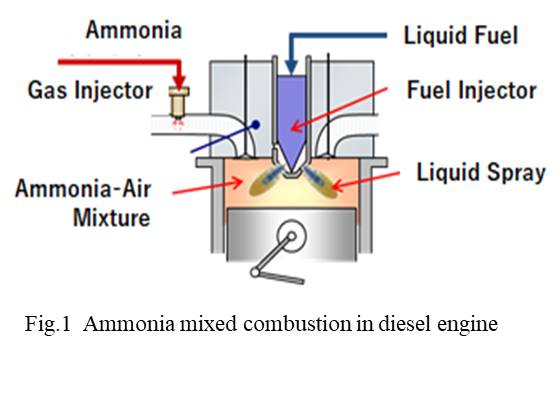
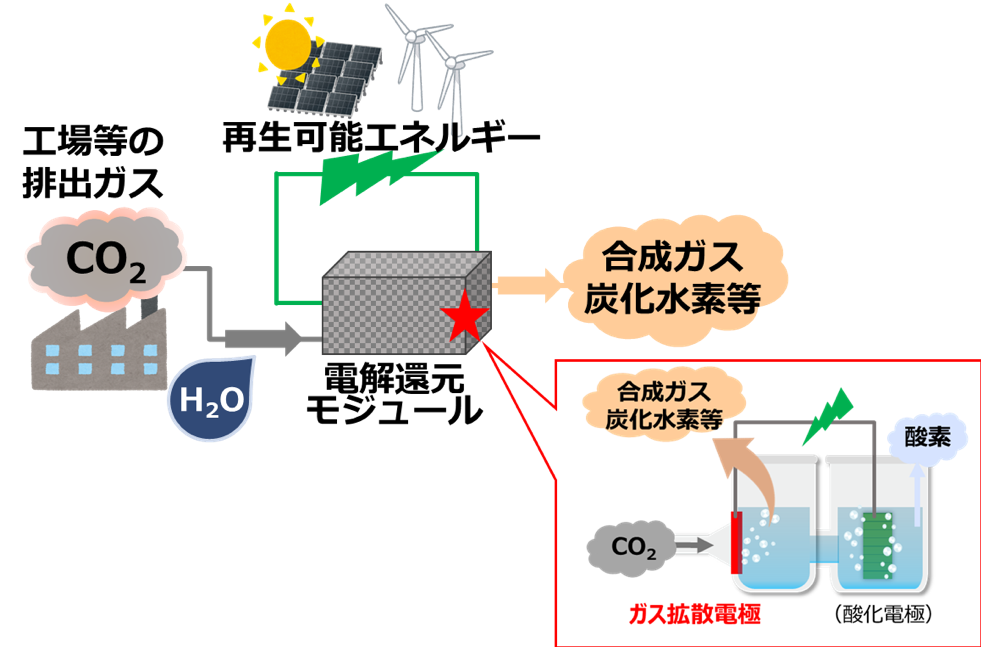
-1人工光合成技術.jpg?id=2&tid=759&imageNumber=1)